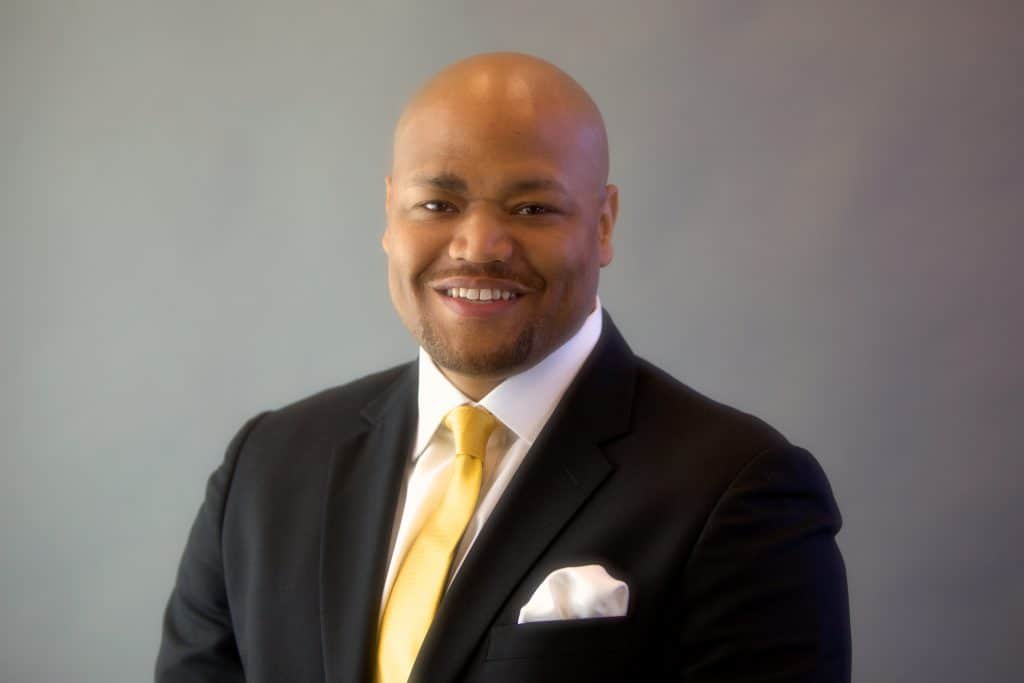When it comes to achieving long-term goals for our personal finances, it can sometimes be difficult to see the end outcome. And figuring out what steps to take in order to reach that goal can be somewhat mind numbing. But according to our expert guest, Preston D. Cherry, using small-win financial goals may help us to hit the bigger ones.
We had the chance to chat about financial planning and small-win financial goals with Cherry, who is a Certified Financial Planner, has a master’s degree in personal financial planning and is getting his doctorate from Texas Tech University.
Here’s our Q&A with Preston D. Cherry about using small-win financial goals to achieve big long-term financial outcomes:
Q: What should one consider when setting financial goals for the year ahead?
A. Setting small-win goals within your annual and long-term financial goals will help you with confidence and commitment to latter. A small-win financial goal is one you can achieve in three months or less.
For example, paying off your lowest balance credit card or directly transferring a specific amount to an emergency fund account is a “small win” financial goal.
Q: How much of one’s income should be allocated to achieving their financial goals?
A: Like many things, it depends. Every household’s financial goals are like a fingerprint, unique to that household considering their many characteristics.
I like to think of income allocation in terms of priority. Gross income minus taxes, then living quarters, health care, risk management, savings toward goals, transportation, variable and fixed living expenses and the others.
The key takeaway here is that savings allocation is a priority and dictates allocation amounts to other financial areas that follow. For example, savings goals dictate how much car, home, or things you buy, not in reverse order.
Q: What methods are best recommended to make sure one sticks to their savings plan?
A: Writing down your “state of well-being” before you started your plan and put it multiple plain view areas — your refrigerator, home computer, smartphone, nightstand and purse or wallet.
Having a constant reminder of the “whys” and how you felt before you started your financial journey will consistently reaffirm and refuel your commitment to your savings plan.
Furthermore, revisit your journal and write about how you feel while implementing your savings plan. More than likely your “state of well-being” has improved.
Q: What other advice would you give when setting realistic financial goals?
A: Think of setting goals like building blocks kids play with — one block at a time. Build a good base and you can stack blocks high.
Set realistic small-win financial goals to build your base, then stack your middle and long-term goals on top of that.
You can build a beautiful, stable and tall structure. Most importantly, you will have fun building it!
We’d like to extend our sincerest thanks to Preston D. Cherry for taking the time to speak with us. We appreciate your valuable insights.
